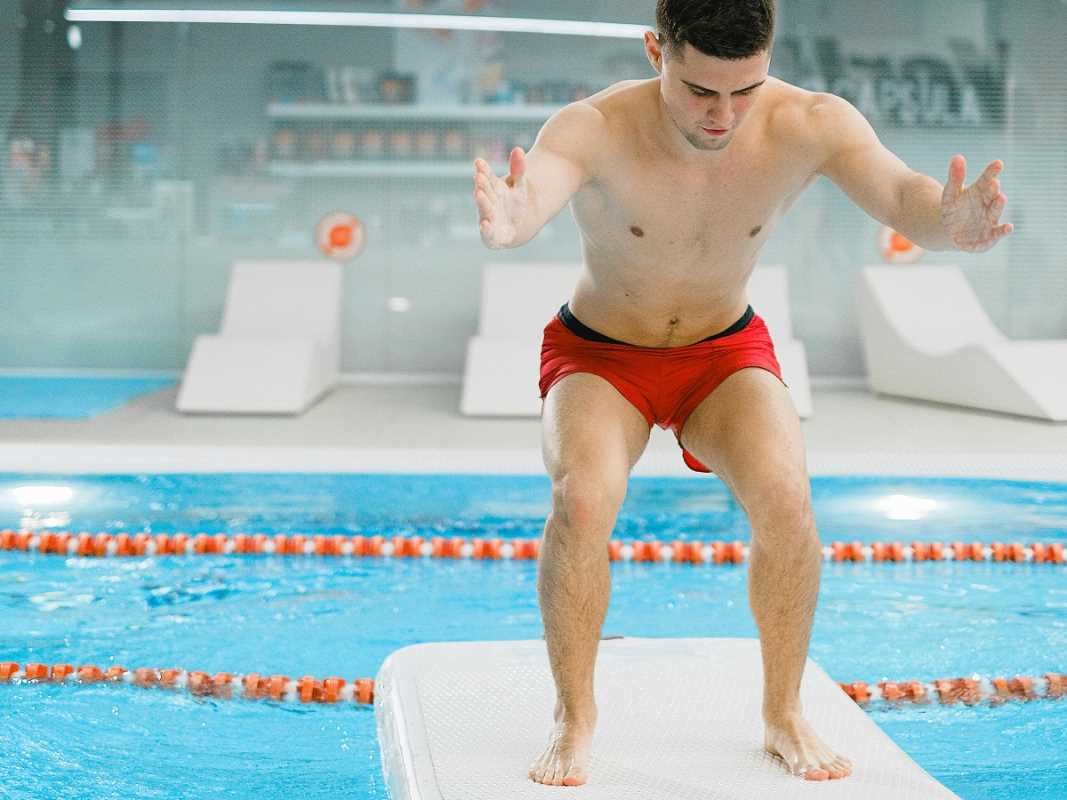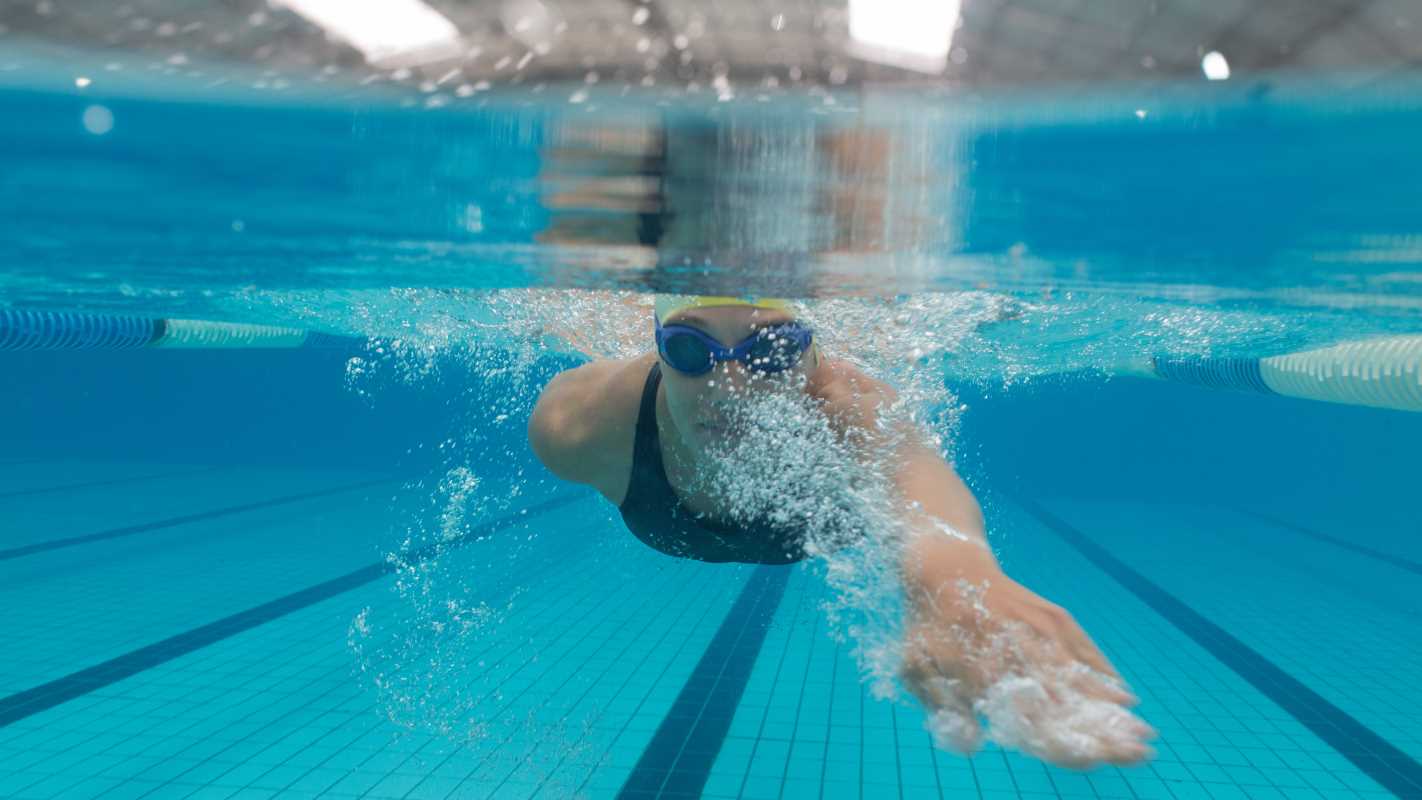Success in competition often depends on your mental approach long before the first whistle blows. Practical techniques drawn from sports psychology can help you build a sharper edge against your rivals. You can start by identifying essential thought patterns that shape your reactions in high-pressure moments. From there, try using clear mental images, swift adjustments in tactics, and a focus on working smoothly with teammates. Each of these skills strengthens your ability to stay calm, make quick decisions, and outperform others when it matters most. Building these habits adds valuable resources to your toolkit for any competitive challenge.
Understanding Competitive Psychology
Top performers realize success starts in their minds. You need to identify thought traps that lead to doubt, such as dwelling on past mistakes or fearing the unknown. Understanding how your brain processes threat versus challenge gives you control over anxiety and concentration.
Research from Peak Performance Labs indicates that athletes who label pressure as a challenge increase their adrenaline in a beneficial way. This rewires the fight-or-flight response into a fight-or-win mindset. By monitoring your stress signals—sweaty palms, racing heart—you can switch from panic to clarity.
- Recognize recurring negative thoughts during practice.
- Set up a simple cue ball: pause, breathe, reframe the feeling as excitement.
- Keep a short journal on how you responded and adjust your labels next time.
Advanced Mental Models for Strategy
Mental models help you predict how opponents think and act. Visualize each play as a decision tree and learn to anticipate their next move. Building these internal maps allows you to spot patterns others overlook.
Imagine playing chess on the basketball court. You create a grid of possible moves for both yourself and your rival. This visualization shifts your game from reacting to anticipating, reducing wasted motion and indecision.
- Sketch common opponent behaviors on paper after each game.
- Develop quick rules like “If they fake left twice, they go right third.”
- Test and refine these rules during drills instead of waiting until competition.
Visualization and Imagery Techniques
Visualization involves more than rehearsing a single move. It trains your mind to handle surprises. You see yourself adjusting on the fly, feeling pressure, and remaining calm.
When practicing imagery, move beyond perfect repetitions to include random scenarios: imagine a defender you’ve never faced, quick passes off-beat, or noisy crowds. This unpredictability in training prepares your brain for real-game chaos.
Building Tactical Agility
Being tactically agile means changing plans quickly when circumstances shift. Train your mind to run through backup plans in seconds. This mental flexibility makes you unstoppable even if a play breaks down.
Start with drills where your coach shouts new instructions mid-drill. This helps you re-route your actions instantly. The benefit appears when you pivot on the court or field without losing speed or composure.
- Use timed decision drills—every few seconds, change the objective.
- Track your response time and aim to reduce it by 10% weekly.
- Celebrate quick recoveries instead of only perfect execution.
Integrating Team Dynamics
Each player’s mental edge improves when everyone aligns their approach. Teams that share internal narratives coordinate moves before a signal. You’ll teach your squad to recognize each other’s mental cues.
Hold brief “mindset huddles” before practice and competitions. Have each player identify one emotional trigger and one confidence trigger. When someone feels doubt, a quick code word provides instant support and refocus.
- Create a shared mental playbook of seven cues: from signals for aggression to calm resets.
- Use live scrimmages with shout-outs for mental calls—reward quick mental signals as much as physical passes.
Measuring and Refining Your Strategy
You need to track your progress to see if your mental techniques work. Measure performance under three conditions: normal, high pressure, and during surprise drills. Compare response times, shot accuracy, or move execution rates.
Keep a brief log after each session. Write down which mental tactics you used and rate their effectiveness on a scale from zero to ten. Over time, you will identify which strategies work best under real stress and which need improvement.
- Pressure index: record your heart rate or perceived effort during key moments.
- Focus score: rate your focus after each play or drill.
- Win-loss review: add mental notes alongside stats to uncover hidden patterns.
This toolbox helps you turn your mind into a winning asset. Refine your tactics to stay ahead of time and opponents, making mental mastery effortless.
 (Image via
(Image via





